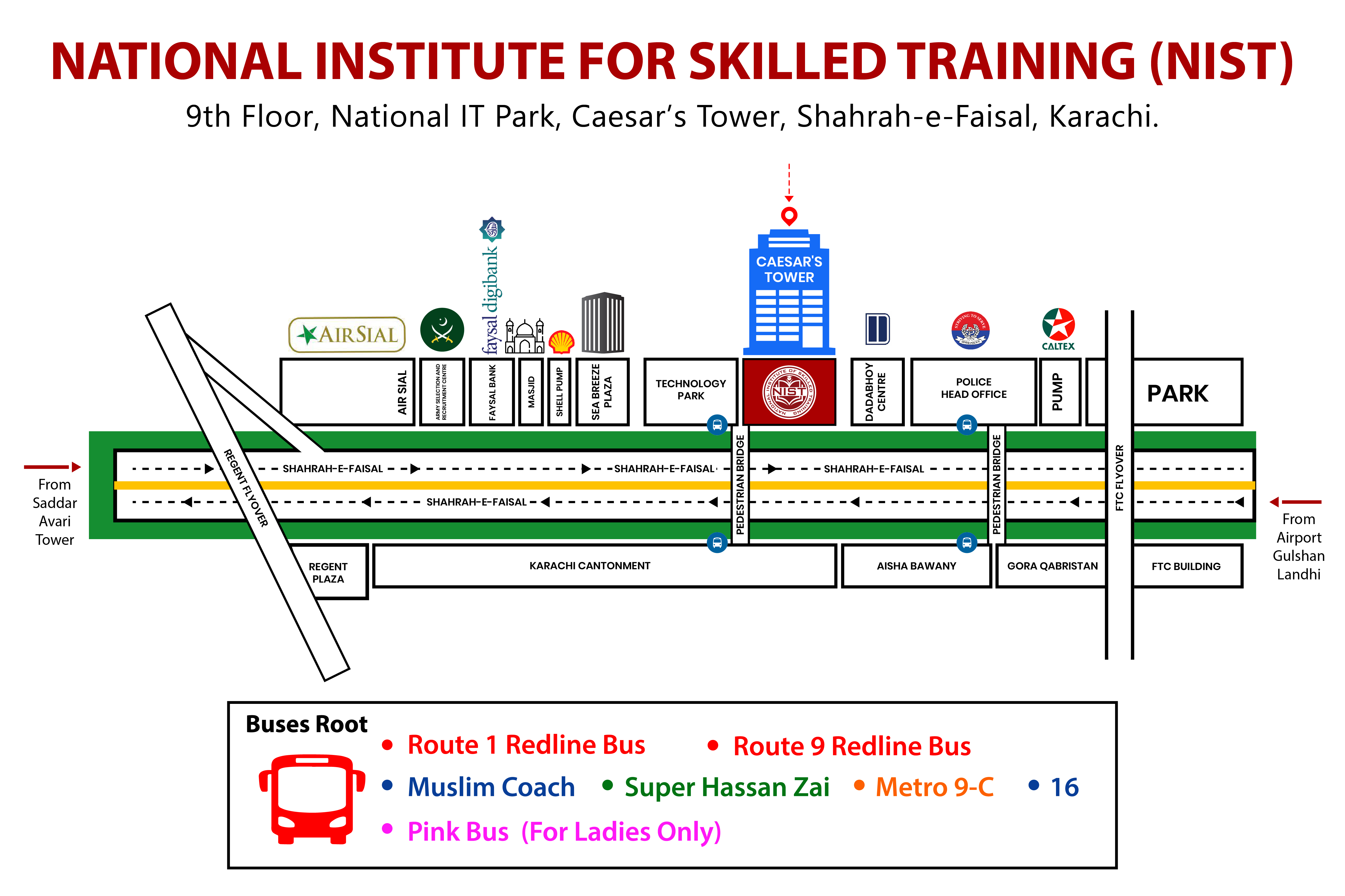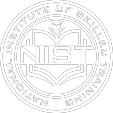Content writing is quickly evolving, shaped by technological advancements, shifts in consumer behaviors, and emergence of new digital platforms. As we look ahead to the next five years, content creators, marketers, and businesses must stay ahead of emerging trends to remain competitive and relevant. This blog explores the key trends that will define the future of content writing through 2030, offering insights on how to adapt and thrive in this dynamic landscape.
Prioritizing User Intent and Authenticity
One of the most significant shifts in content writing is the heightened focus on user intent. Search engines have become increasingly sophisticated at interpreting what users truly want when they enter queries. This indicates that using excessive keywords and producing generic content are no longer effective tactics. Instead, writers must craft content that directly addresses the specific needs and questions of their audience.
Aligned with this is the growing demand for authenticity and trustworthiness. Audiences are more aware of misinformation and seek credible, transparent content. Incorporating first-hand experience, detailed author bios, and reliable third-party references will be essential to building trust and authority online. This trend emphasizes quality over quantity, encouraging writers to produce well-researched, honest, and value-driven content.
The Continued Dominance of Long-Form Content
Although short-form content is widely favored on social media, long-form content continues to be a dominant force in SEO and engaging audiences. In-depth guides, whitepapers, and case studies enable writers to delve deeply into subjects, address various related questions, and demonstrate their expertise. Search engines tend to favor this level of detail by ranking long-form content more favorably, resulting in increased backlinks and consistent traffic.
To maintain reader interest, long-form content needs to be organized effectively and visually attractive. Incorporating subheadings, bullet points, images, and multimedia elements such as videos or infographics improves readability and enhances the overall user experience. This method strikes a balance between depth and accessibility, simplifying complex subjects for easier understanding.
Although short-form content is widely favored on social media, long-form content continues to be a dominant force in SEO and engaging audiences. In-depth guides, whitepapers, and case studies enable writers to delve deeply into subjects, address various related questions, and demonstrate their expertise. Search engines tend to favor this level of detail by ranking long-form content more favorably, resulting in increased backlinks and consistent traffic.
To maintain reader interest, long-form content needs to be organized effectively and visually attractive. Incorporating subheadings, bullet points, images, and multimedia elements such as videos or infographics improves readability and enhances the overall user experience. This method strikes a balance between depth and accessibility, simplifying complex subjects for easier understanding.
Artificial intelligence (AI) is transforming content writing. Many AI tools assist writers by generating ideas, creating outlines, optimizing headlines, and refining tone. These AI-driven solutions automate repetitive tasks, enabling writers to focus on creativity, strategy, and adding unique perspectives.
Importantly, AI is not replacing human writers but augmenting their capabilities. Search engines can detect thin, purely AI-generated content and penalize it, so the best results come from combining AI efficiency with human expertise and editorial nuance. Writers who master this balance will produce content that is both efficient and engaging.
Voice Search Optimization and Conversational Content
With the rise of smart speakers and voice assistants, voice search is becoming a dominant way people find information online. Content writing must adapt by incorporating natural, conversational language that matches how people speak rather than type.
This involves concentrating on inquiries that are question-based, using long-tail keywords, and providing clear and concise responses. Creating content that anticipates voice search queries can improve visibility and accessibility, especially for mobile users. Voice search optimization will be a critical skill for content creators in the coming years.
Visual Storytelling and Multimedia Integration
Visual content continues to gain importance alongside written text. Incorporating images, videos, infographics, and interactive elements enhances storytelling and helps convey complex information more effectively.
Short-form videos, in particular, are dominating social media platforms like TikTok, Instagram, and YouTube Shorts. While written content remains vital, pairing it with engaging visuals creates a richer user experience and increases content shareability.
Content strategies that integrate multimedia elements will better capture audience attention, improve retention, and boost engagement metrics.
Personalization and User-Generated Content
Personalized content experiences are becoming the norm. Leveraging data analytics and AI, content creators can tailor messages to individual user preferences, behaviors, and demographics. This customization increases relevance and fosters deeper connections with audiences.
Moreover, user-generated content (UGC) is rising in importance as a source of authentic, relatable material. Encouraging customers and followers to share their stories, reviews, and experiences builds community and trust, providing valuable social proof for brands.
Emphasis on Ethical Content and Transparency
As misinformation and fake news proliferate, ethical content creation is gaining prominence. Writers and brands are expected to maintain transparency about sources, disclose conflicts of interest, and uphold editorial integrity.
This trend aligns with Google’s E-E-A-T principles—Experience, Expertise, Authoritativeness, and Trustworthiness—which increasingly influence search rankings. Content that adheres to these standards will perform better and build lasting credibility.
The Growing Role of Niche and Industry-Specific Content
Generalized content is giving way to niche, industry-specific writing that addresses specialized audiences. Businesses and marketers are investing in content that speaks directly to their target markets’ unique challenges and interests.
This trend encourages collaboration with expert writers who deeply understand particular sectors, resulting in more authoritative and effective content. Niche content also tends to generate higher engagement and conversion rates.
Collaborative and Remote Content Creation
The future of content writing will see more collaboration across distributed teams, facilitated by cloud-based platforms and project management tools. Writers, editors, designers, and marketers will work together seamlessly regardless of location.
This collaborative approach enhances creativity, speeds up workflows, and ensures consistency across content channels. Remote content teams will become standard, reflecting broader workplace trends.
Conclusion:
The next five years will bring exciting opportunities and challenges for content writers. Success will depend on embracing user-centric strategies, leveraging AI responsibly, optimizing for new technologies like voice search, and integrating multimedia storytelling. Writers and businesses that prioritize authenticity, personalization, and ethical standards will build stronger connections with their audiences and achieve better search rankings. Staying informed about these evolving trends and continuously refining skills will be essential to thrive in the fast-changing world of content writing.
Summary:
The future of content writing is set to evolve dramatically over the next five years, influenced by technology, user intent, and authenticity. Key trends include prioritizing user-centric content, the dominance of long-form writing, AI collaboration, voice search optimization, and visual storytelling. Ethical content creation and niche-specific writing will gain importance, while remote collaboration becomes the norm. Adapting to these trends will be crucial for success.



















